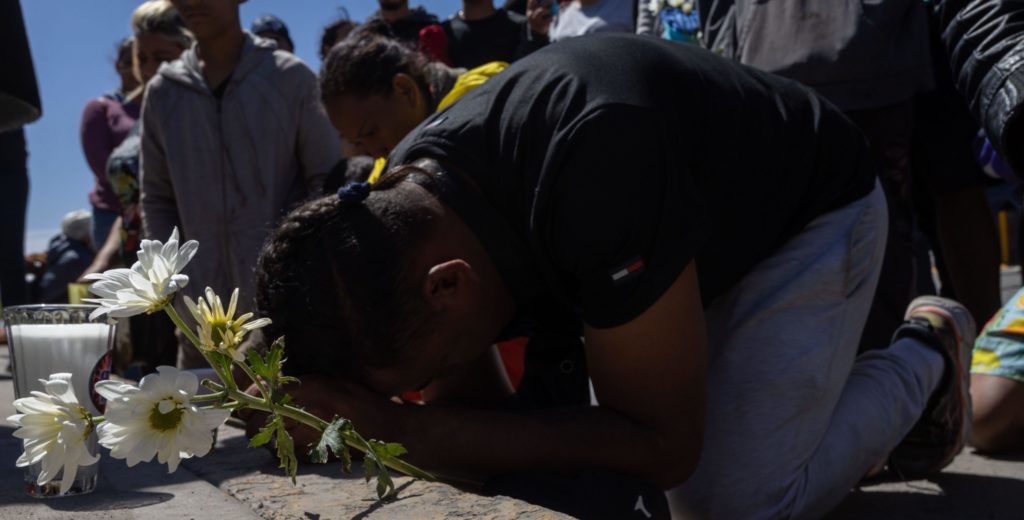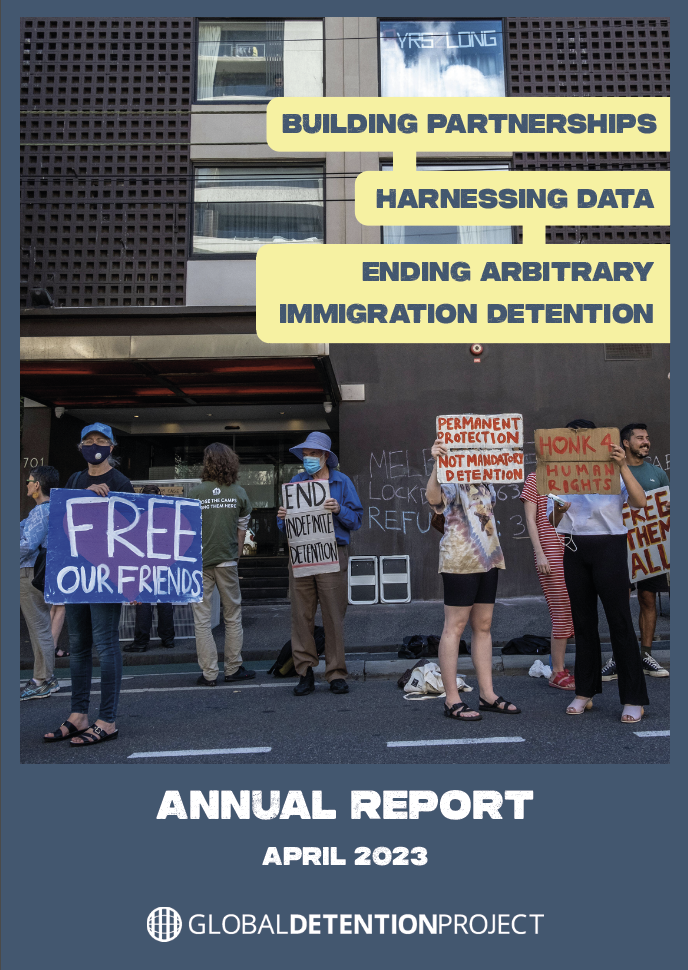Letter from the Executive Director and President
Policy-makers, scholars, and advocates often obsess over detention numbers: How many people were detained last year? How many more people are being detained now? How many are detained in a given detention centre? But there is another statistic that receives much less attention: how many people die in immigration detention? It is striking that this grim—though fundamentally important—piece of data often gets overlooked, especially as the reports of detainee deaths become increasingly common.
As we were drafting this annual report, terrible news broke that 40 migrants and asylum seekers had died in a Mexican detention centre, burned alive because their jailers fled without unlocking their cells as a fire engulfed the building. This news followed closely on the heels of other deaths in detention in various countries; for instance, in Thailand, where Aziz Abdullah, a 49-year-old Uyghur asylum seeker who had been in detention for nine years after fleeing China, died because Thai immigration officials refused to provide him proper medical attention (or just simply release him!).

The brutal truth is that people have died in immigration custody—whether in detention or during arrest or deportation—in countless countries across the globe, including in key destination countries. In the United States, the ACLU and other advocacy groups have documented how the “fatal neglect” that immigration officials show detainees has led to dozens of deaths in detention in recent years. In Canada, Amnesty International reports that even though the country detains only a tiny fraction of the number of migrants as the U.S., deaths per capita among detainees is several times higher, prompting one scholar to write: “Deaths in detention in Canada are numerous, but occur largely in the shadows, shrouded within secretive and unaccountable systems.”
Lack of health care is not the only culprit. Desperation, fear, unbearable uncertainty, lack of hope—all rife in detention centres across the globe—are also to blame. A report in the Guardian found that during 2022 alone, asylum seekers awaiting deportation at UK detention centres were “physically prevented from taking their own lives or self-harming on 18 occasions.” Some people succeed, like Frank Ospina, a detainee from Colombia at the Colnbrook Immigration Removal Centre near Heathrow Airport, who took his life on 26 March 2023. A few weeks later, in April 2023, a Tunisian man hung himself at the much-criticised Favra Detention Centre in Geneva—not far from the GDP’s office—only a few months after learning that he was to be deported. Sadly, this list could go on interminably …
At the GDP, we have long sought to document individual cases of deaths and suicides in detention. But since last year, the issue has taken on increasing prominence in our thoughts and work. This has been spurred in part by our collaboration with the World Health Organisation aimed at developing a global review of evidence on health provision and health impacts in immigration detention, which you can read more about in this Annual Report (see: IN FOCUS: Health Care in Detention). Among our key findings was that despite evidence pointing to widespread deaths in detention, human rights monitoring bodies often fail to systemically solicit or document evidence about deaths in their reports about immigration detention practices.
This is one of the reasons the GDP exists: to help fill the gaps in our knowledge about the impact of immigration detention to empower calls for change.
In 2023, the GDP launches a new Strategic Plan, which is infused with the urgency to prevent people from dying or being harmed in detention. A notable feature of the new Strategic Plan is our emphasis on more effectively channelling our extensive documentation and analyses about immigration detention into advocacy. This emphasis is succinctly phrased in our new mission statement:
The Global Detention Project works to achieve a world free of the arbitrary detention of migrants, asylum seekers, and refugees. We combine investigative research and human rights advocacy to end harmful migration-related detention practices, to enhance protections for at-risk and vulnerable groups, and to ensure that all non-citizens are treated with dignity and respect.
We look forward to working with our partners across the globe in the months and years ahead to implement a shared vision of protecting migrants from harm and ending arbitrary immigration detention.
Michael Flynn (Executive Director) and Sahar Okhovat (President)



